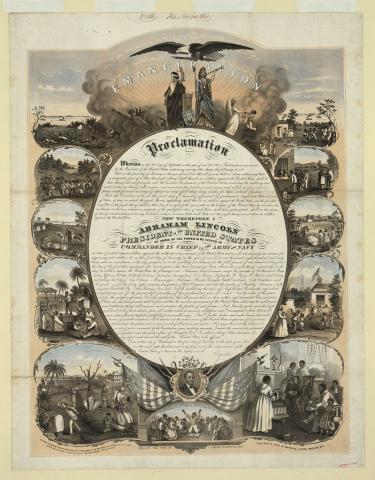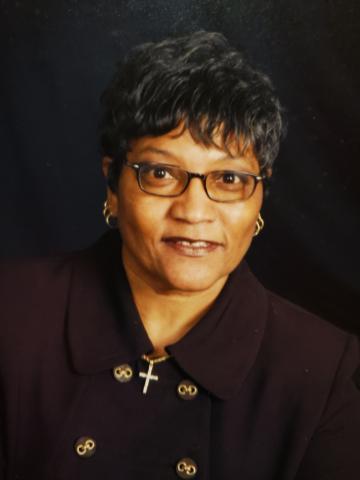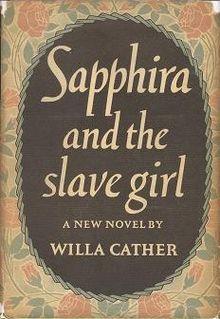


Celebrating Juneteenth
In 2019, the National Willa Cather Center and many from the Cather community convened for the 17th International Willa Cather Seminar at Shenandoah University in Winchester, Virginia. During our week in Willa Cather's Virginia birthplace, we were steeped in Cather family history, as well as the cultural heritage of the region. Though Winchester is a charming Southern city and the bountiful farms of the Shenandoah Valley made it the breadbasket of the Confederacy, the bitter divisions of slavery and the Civil War are still evident. Willa Cather told a portion of that story in her 1940 novel, Sapphira and the Slave Girl, which was based on the Cathers' own family experiences. During our visit, though, we wanted to invite other voices to speak to this painful chapter in our shared history as well.
This year, as we mark Juneteenth—Freedom Day for the enslaved African Americans in Texas who finally learned of their emancipation nearly two and a half years after the Emancipation Proclamation had granted it—we revisit and reflect on these voices. Singer Barbara Davis shared with us some of the songs that are missing from Cather's novel, songs that W.E.B. Du Bois called "sorrow songs." Barbara grew up in Winchester and went to the Douglas School for African American children, as her mother had done. She is now one of the ministers of the historic Mount Carmel Baptist Church, and very active in the local community. Barbara’s accompanist is one of her church’s pianists, Ruby Ford.
Today we celebrate, with Barbara and Ruby, the hard-won freedom of Nancy, the “slave girl” of Willa Cather’s novel, and of all formerly enslaved persons. Happy Juneteenth!
You can meet Barbara Davis and read her reactions to Sapphira and the Slave Girl in the Willa Cather Review, Winter 2021, “Songs and Sapphira: An Interview with Barbara Davis” (pp. 23-24). Barbara's responses—those of a Black woman living in the same Virginia region where Willa Cather lived her first nine years—offer a fresh perspective on Cather's recollections of Virginia. This issue also includes “Black Lives in Sapphira and the Slave Girl: New Perspectives,” four essays discussing new research on enslaved lives in Cather’s Virginia birthplace.
Images added to Barbara Davis's performance video include those from the Library of Congress, Wikimedia Commons, Jerome Handler's Slavery Images, Christie's, and Winchester-Frederick County Convention and Visitor's Bureau. A special thank you to Curtis Davis for recording the performance and sharing it with us—and you!
